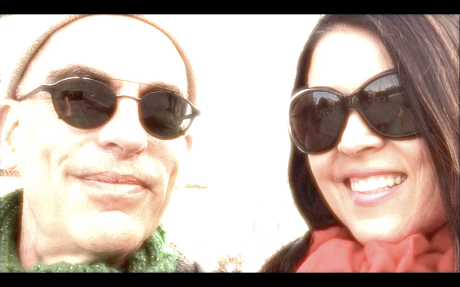The art of bad photography is a lot harder than it seems. Within the holy trinity of Instagram, Tumblr and Twitter there lies an elusive aesthetic of militant conformity that is easy to see but much more difficult to master.
Beside the boilerplate of nature and food our glutted bank of collective imagery contains shoes, hair, architecture, street signs, headlines, animals, manicures and billions and billions and billions of small children. To someone trained in the visual arts the monotony can be a bit staggering.

To my former boyfriend, the French Marxist painter Currado Malaspina the democratization of photography is a very positive social phenomenon that is well worth watching. To dismiss it all as an empty expression of desperate narcissism is to risk losing a valuable opportunity in studying a societal/aesthetic shift that is practically unprecedented. Not since the 18th century when Faber-Castell began mass producing pencils have we seen such a massive wave of graphic amateurism.
On a recent trip to to the Bavarian town of Schwanstetten where the first wooden graphite stump appeared in 1646, Currado discovered in the archives of the municipal library thousands upon thousands of crude drawings of precisely the types of things regularly posted on Facebook and Pinterest.
It seems that various forms of social media image sharing has been around a lot longer than we care to admit. Currado goes even further in asserting that the cave paintings of Lasceaux are nothing more than daily “posts” representing the unsubstantiated claims of third-rate hunters.
To Malaspina the imagery is a form of Paleolithic branding, the sort of reputational inflation one sees on business résumés and Linkedin profiles. Instead of wild claims of fluency in Latin and concert-level musicianship, the artists of Lasceaux were asserting their unlikely expertise in animal husbandry.
To those who ridicule the digital age for its superficiality Currado wags an admonishing emoticon. To make hash of the hashtag is like snubbing one’s nose at 750,000 years of glorious human mediocrity.



























